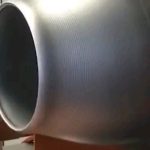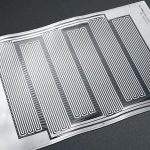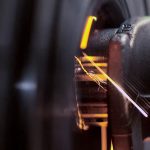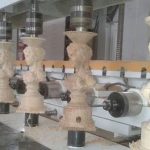Aluminum anodizing is the production of an oxide layer on the surface of aluminum parts to improve the anti-corrosion ability. we discussed this issue once. This time, we will talk about anodized aluminum coating failure. Anodizing failures of a CNC aluminum machining component generally fall into one of the following categories:
1.) Exposure to chlorine based solution
Chlorine is highly reactive and can cause corrosion on removal of the oxide layer. Be careful if the chloride ion is in a sulfuric acid electrolyte above a critical level of 80 ppm chloride. Also note that chlorine-based solvents are intended for degreasing which can also cause acid.
2.) Exposure to extremely acidic or alkaline solution
The solution lower than pH 4 or higher than pH 9 is capable of breaking up the oxide layer and making the underlying aluminum susceptible to corrosion. In general, complete rinsing of the anodized aluminum component is the most satisfactory method of eliminating this problem.
Blind holes against anodizing failure
The anodizing failure rate can be high if there are blind holes in the CNC aluminum parts. When the high acid anodizing solution is not well removed from the blind holes, the liquid will leak out and damage the surface of the CNC aluminum parts, causing them to peel and stain their anodized surface.
The photo below shows a laser cut piece of aluminum CNC engraved with acid scraps. The white, dirty, flaky oxide powder that surrounds the helical hole gradually deteriorates unless further action is taken to resolve the issue.






